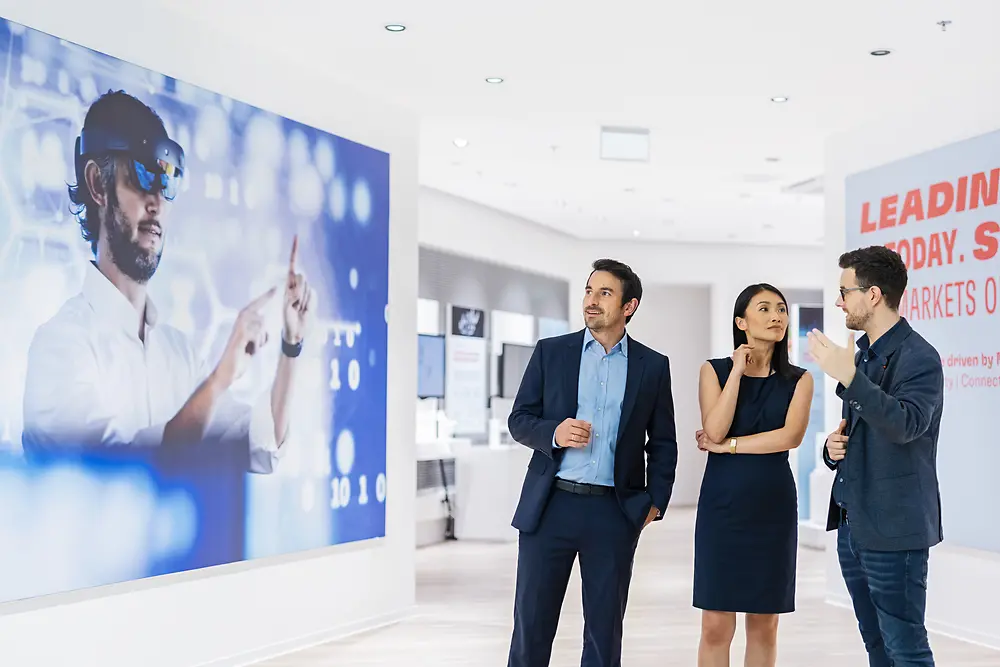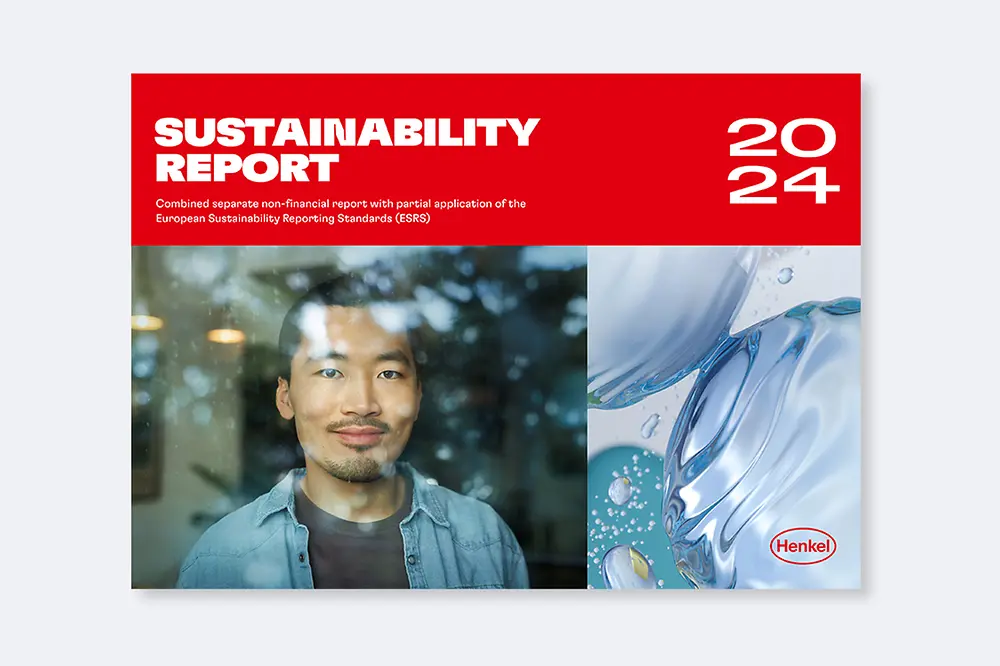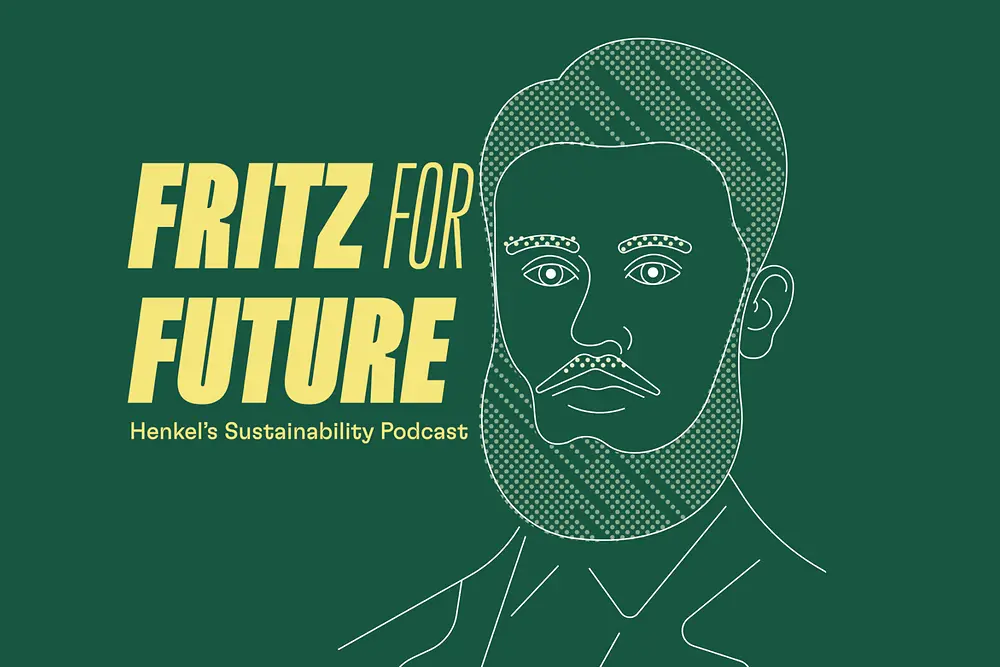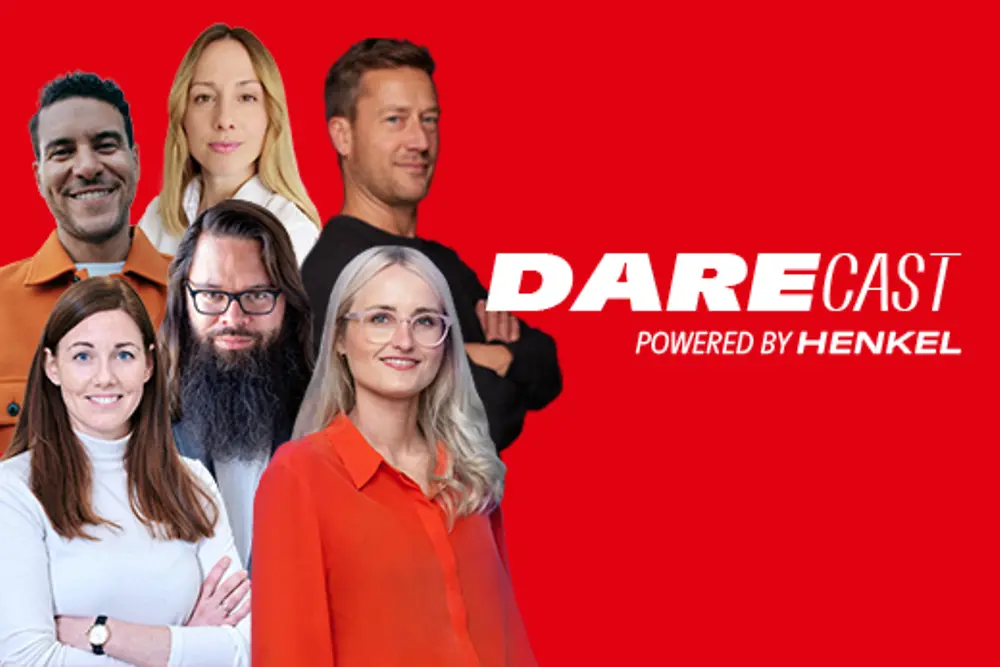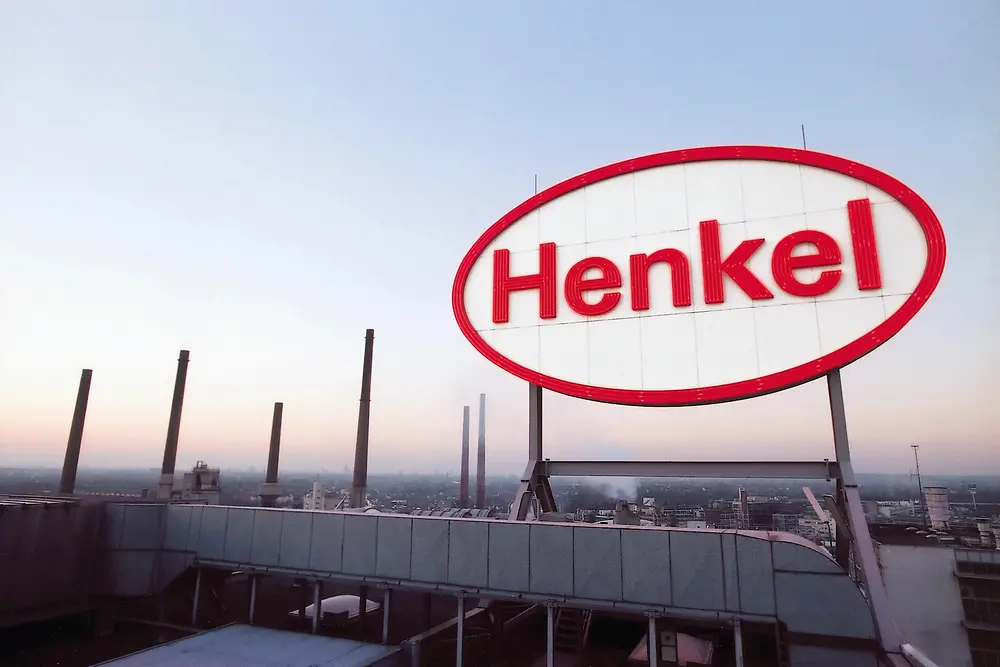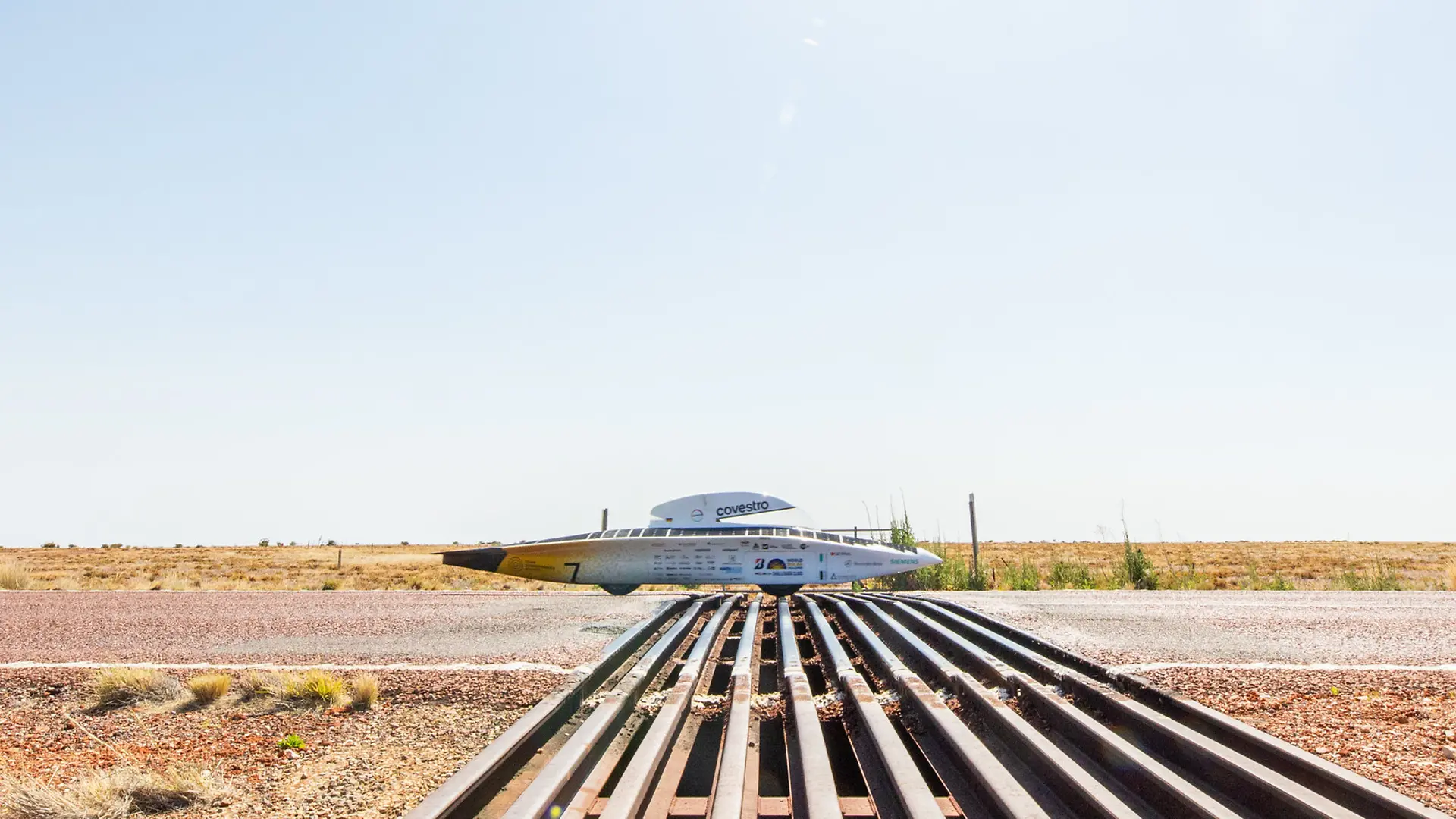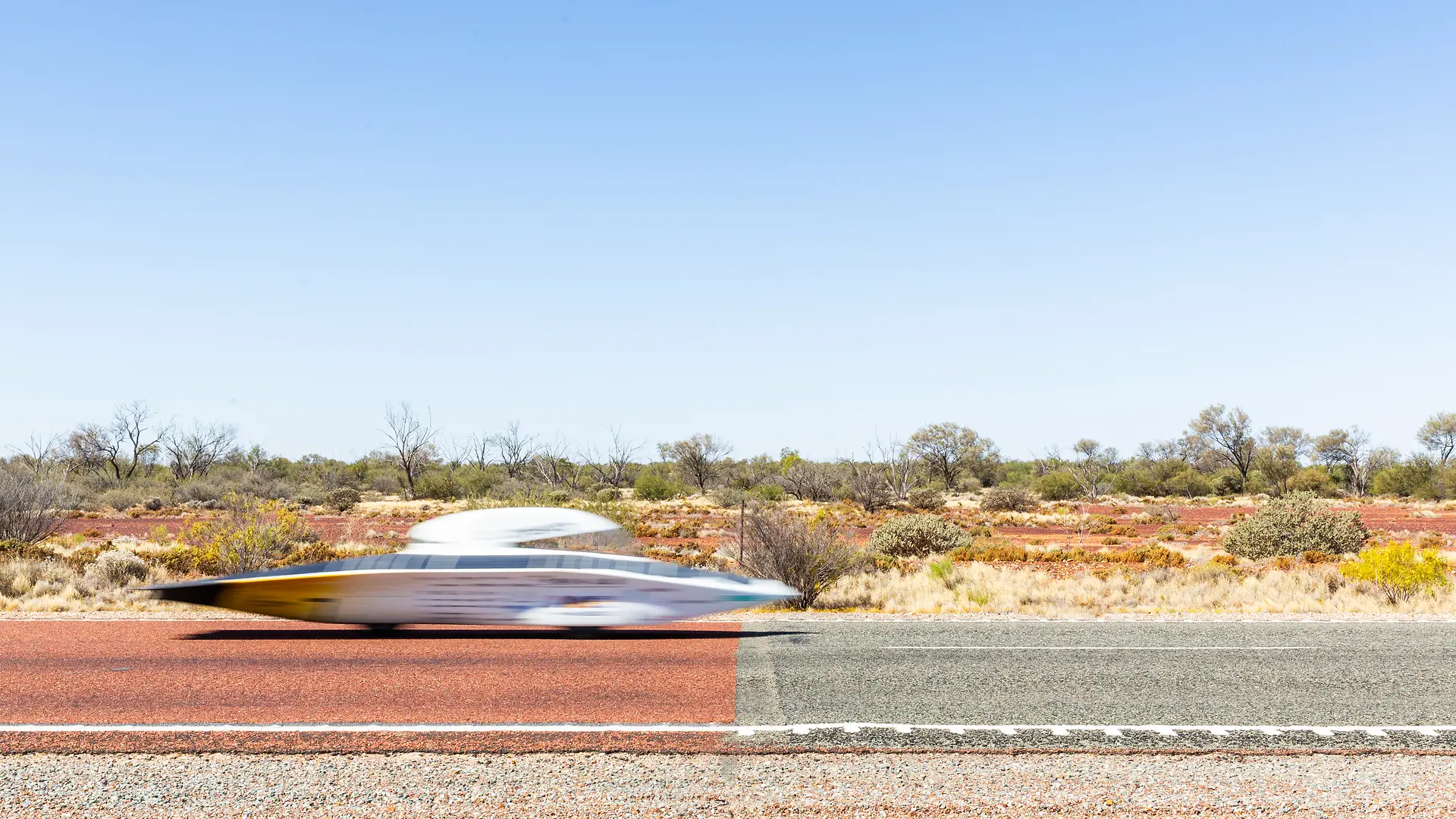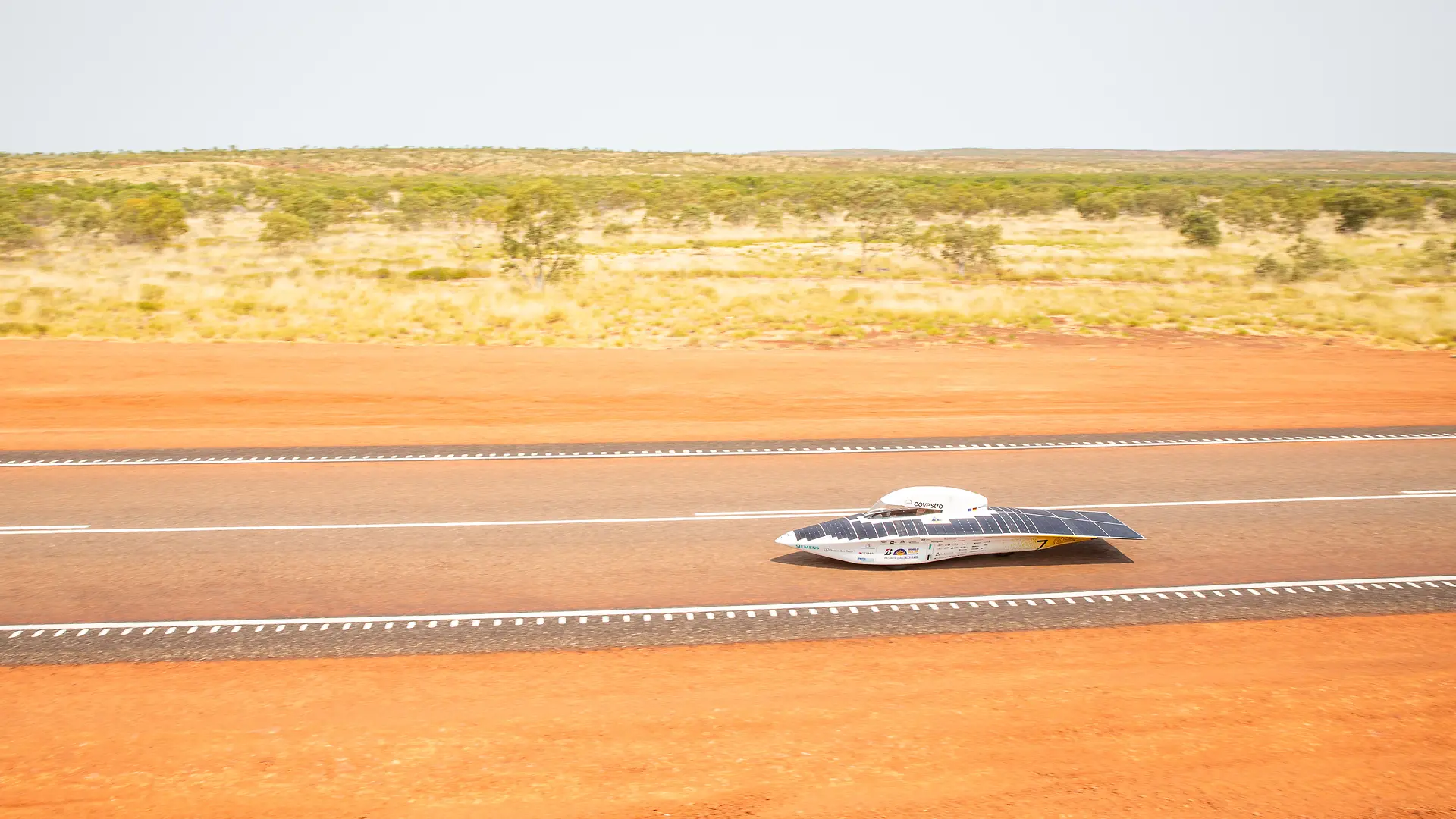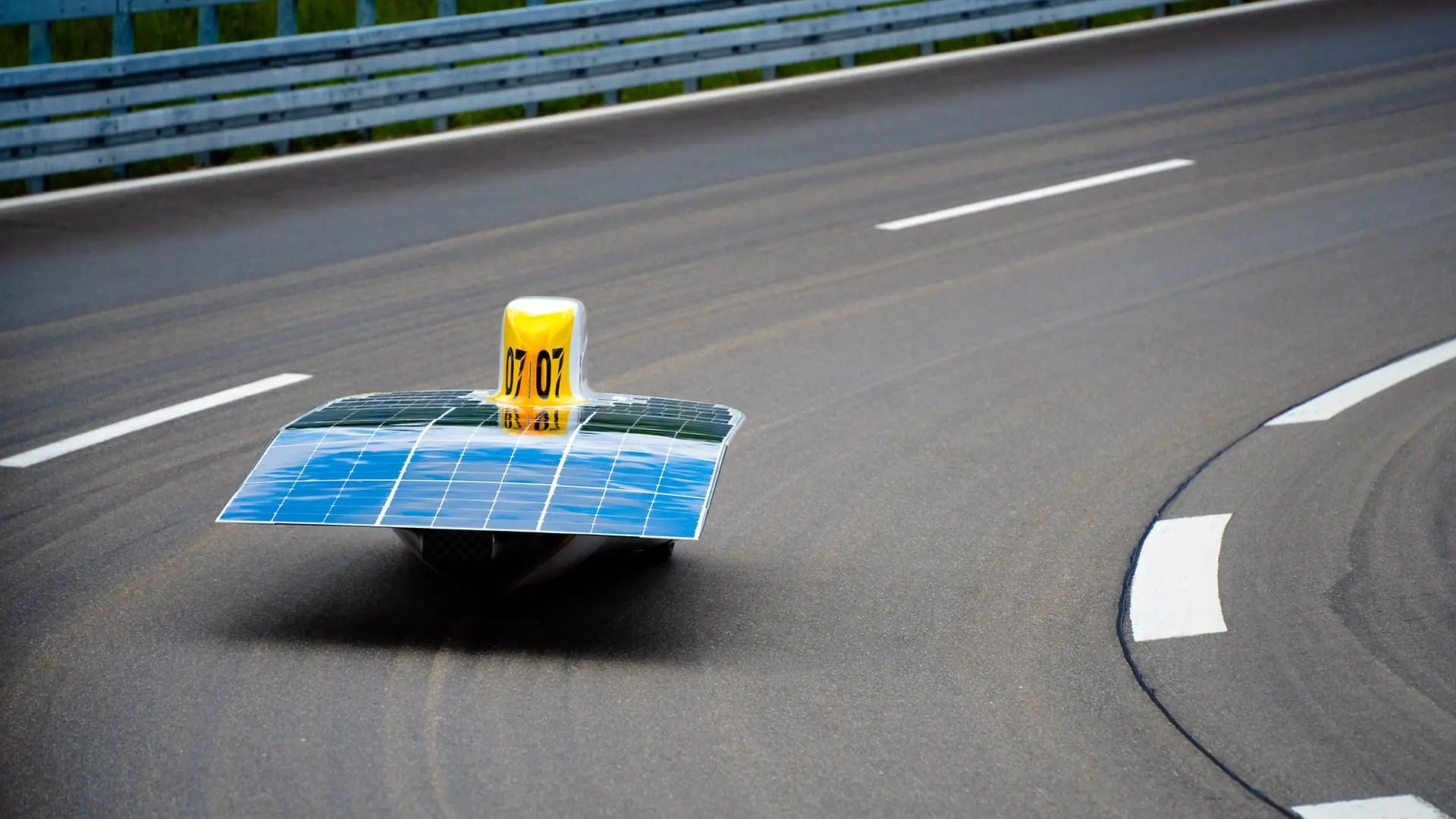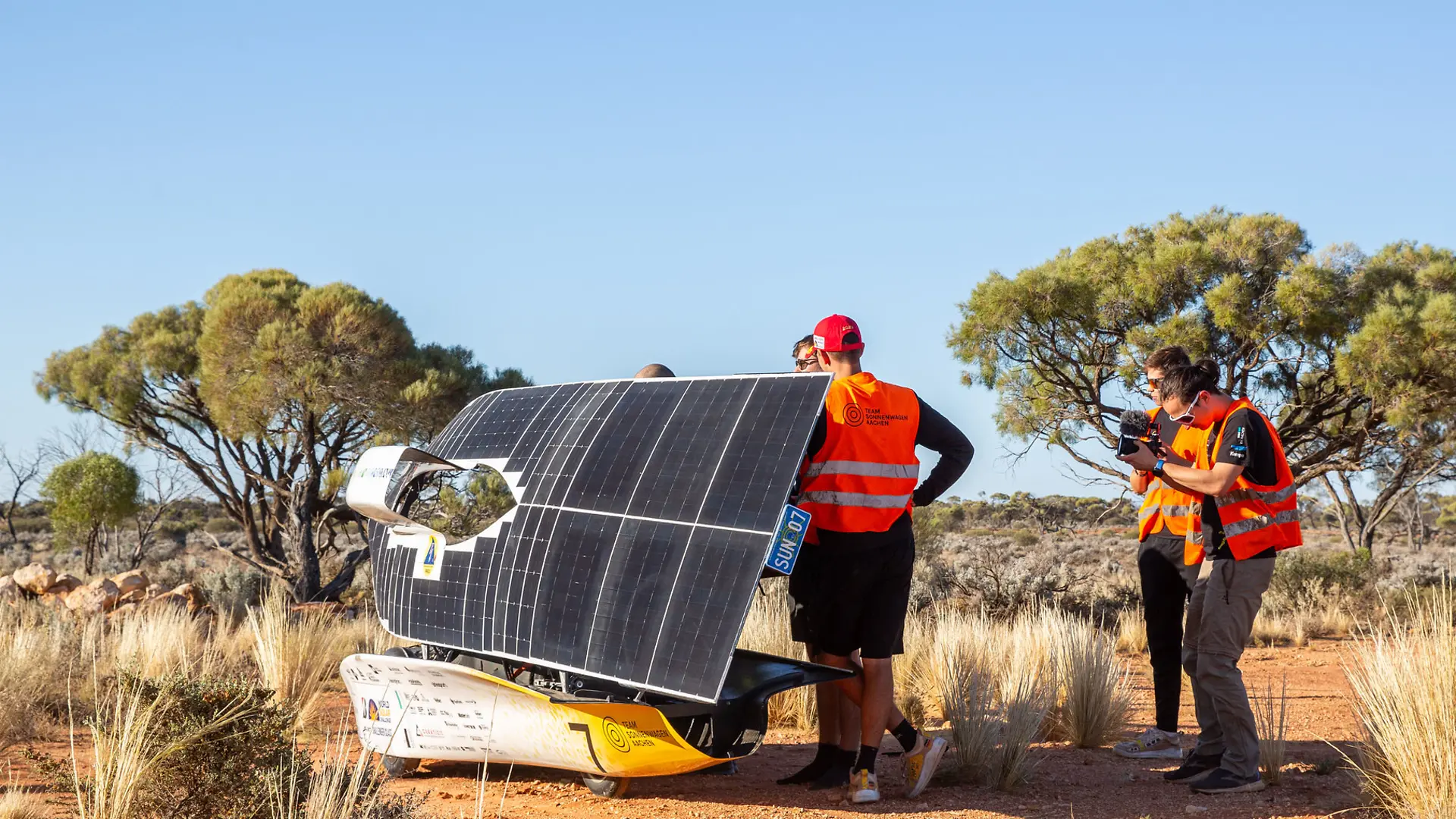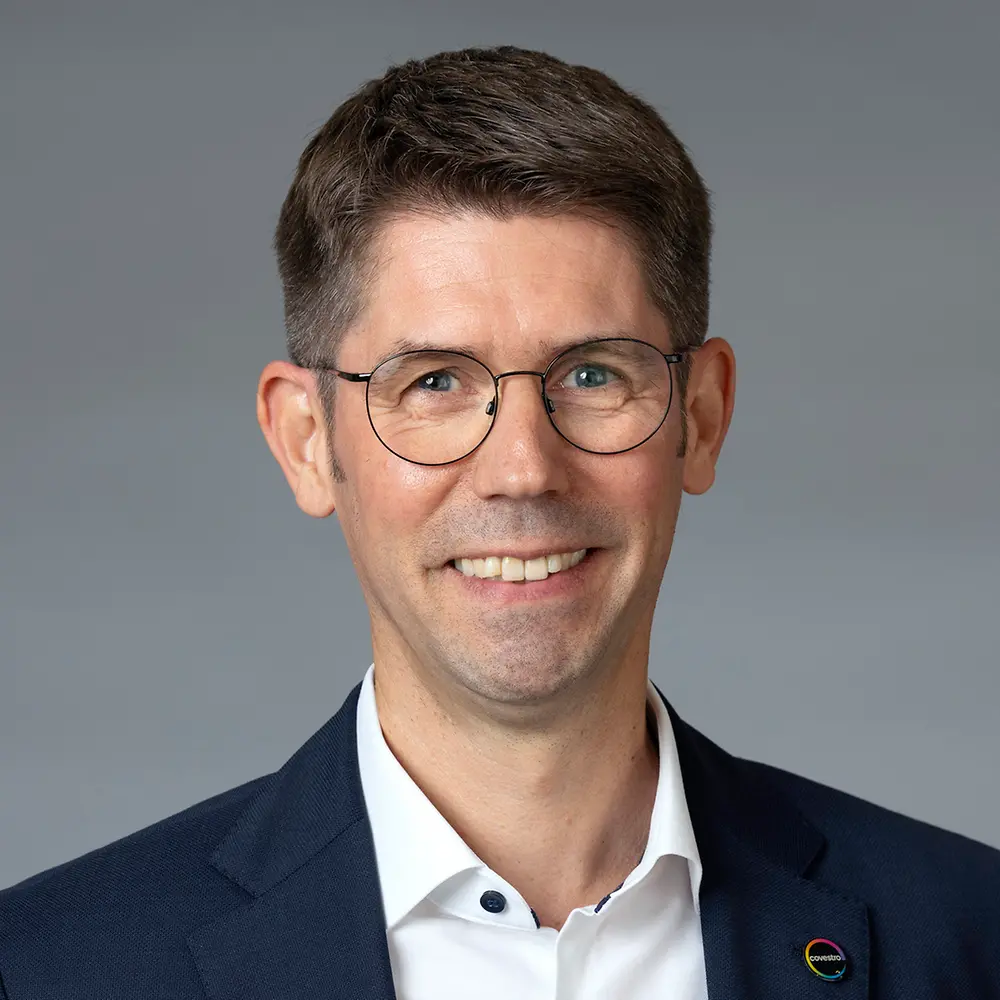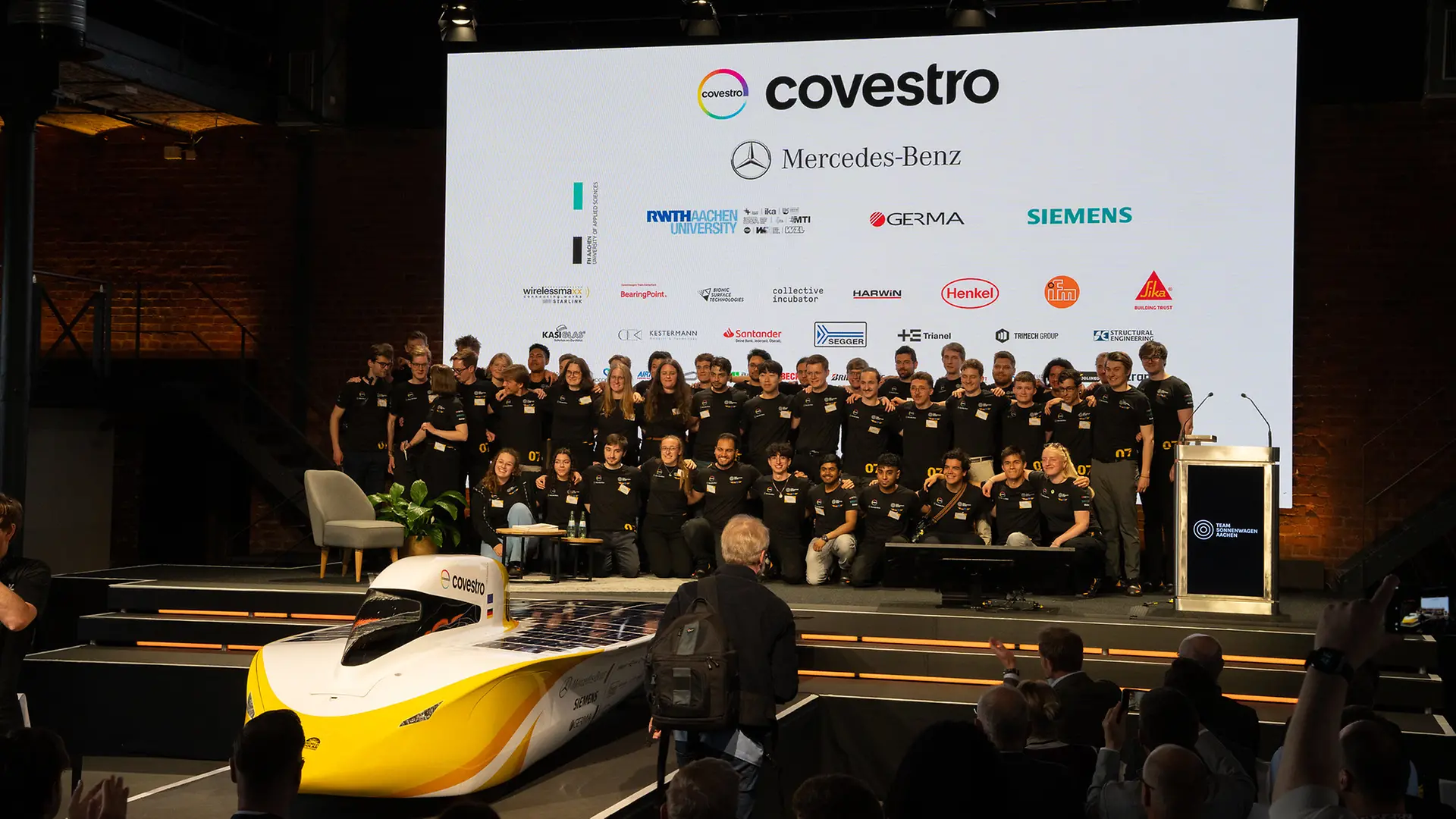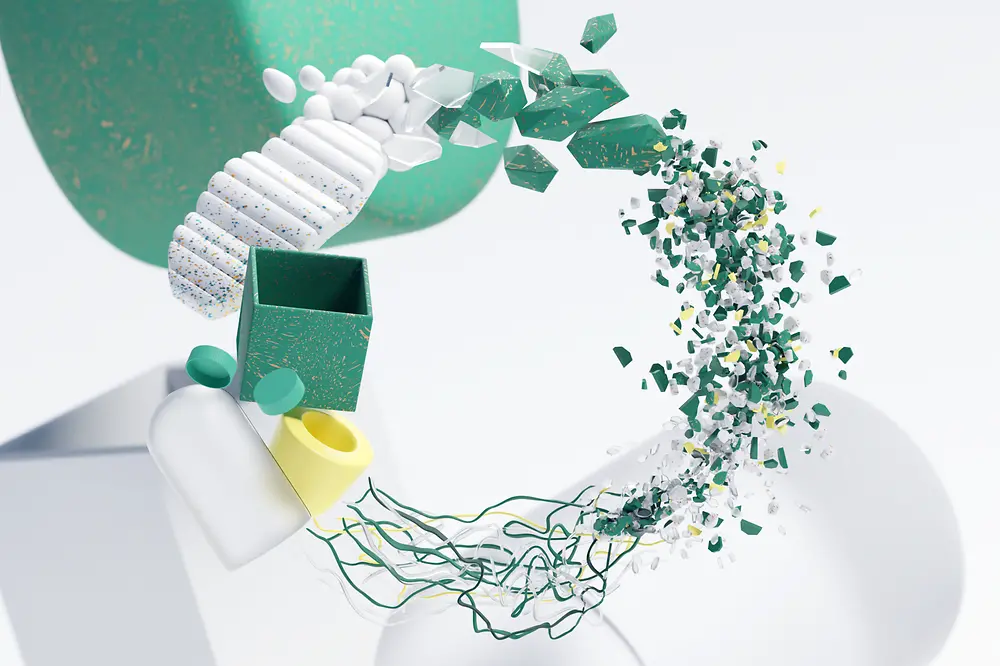Guido: Our materials are used throughout the vehicle – this time, over ten products, more than ever before. For example, the driver’s seat is made from chemically recycled polyurethane foam – a material originally sourced from old car seats. We also use recycled material (mass-balanced) in the battery housing: elastomers that reliably dampen vibrations. The cockpit canopy and headlight covers are made from highly impact-resistant polycarbonate – lightweight, durable, and UV-resistant. There’s also thermally conductive polycarbonate in the battery cell holders, a sustainable coating that cures without energy-intensive processes, and several other applications.
Sjoerd: For the current generation of the race car, we primarily supplied our proven Loctite and Teroson solutions. These products are used in the automotive industry and in various other industrial applications. They include structural adhesives, specialty adhesives for components like the motor, threadlockers, adhesive tapes, and hybrid adhesives for different mechanical parts. In the future, we also see great potential for using more advanced adhesive technologies. A key focus will be on products made from bio-based or recycled raw materials – an area where we’ve been working closely with Covestro, one of our most important global suppliers, for years. Our involvement closes the loop – driving sustainability and performance forward together along the value chain.
